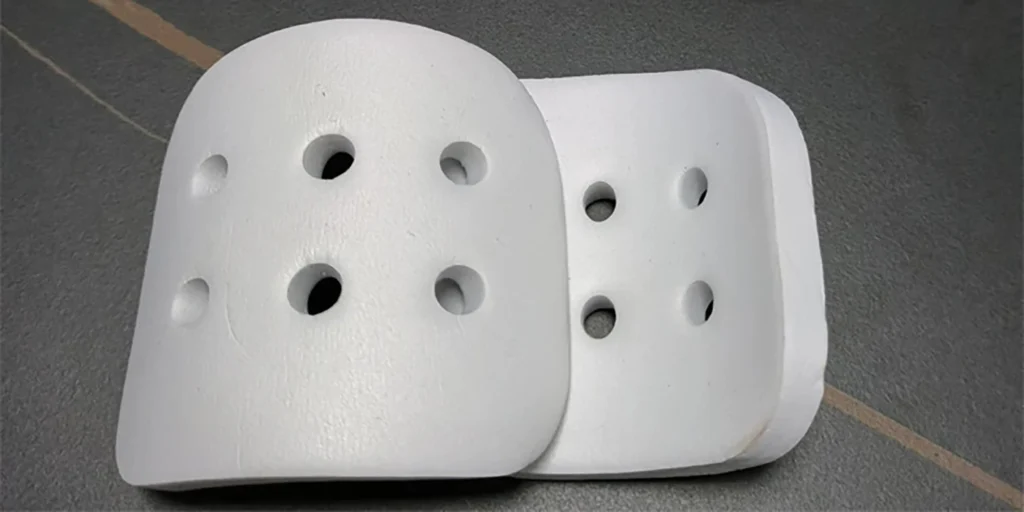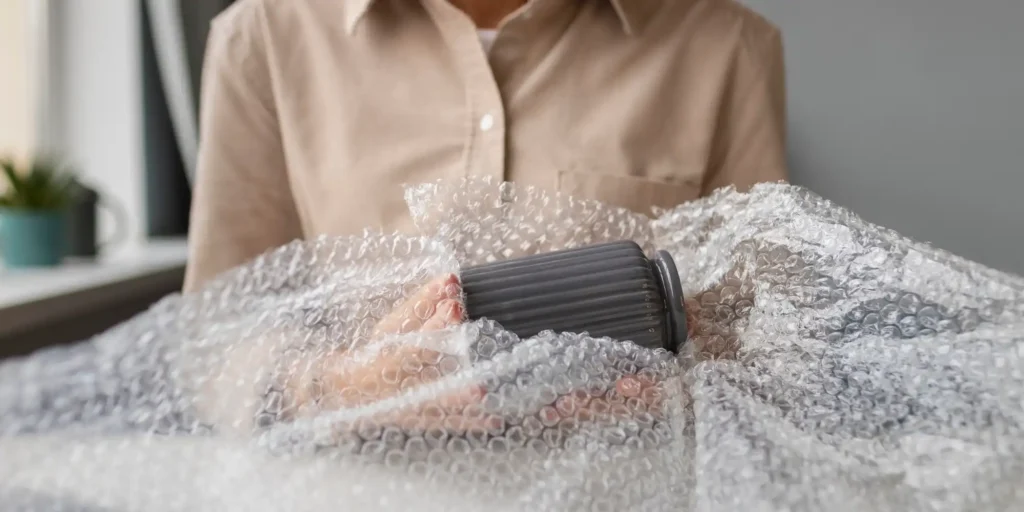Abstract:
The marketplace is inundated with polyethylene (PE) and ethylene-vinyl acetate (EVA) foam products of varying quality. This article presents a refined methodology for preliminary quality assessment through olfactory and tactile analysis combined with controlled combustion observation—enabling consumers and professionals to distinguish superior materials from substandard alternatives without specialized equipment, thereby mitigating potential health risks and performance deficiencies.
Exquisite Sensory Evaluation Techniques for Foam Quality Assessment
PE and EVA foams, esteemed for their lightweight properties, flexibility, and superior cushioning characteristics, are extensively utilized in packaging, footwear components, yoga mats, children’s play mats, and thermal insulation applications. However, inferior products may incorporate excessive harmful additives, recycled materials (including potentially hazardous medical waste), or non-compliant raw materials. These substandard products not only demonstrate compromised performance and reduced longevity but may also emit persistent malodorous compounds detrimental to health. Mastering sophisticated sensory evaluation techniques provides crucial discernment capabilities during procurement processes.
I. Olfactory Analysis: The Hallmark of Superior Foams is Minimal Odor Emission
Characteristic Odor Profiles of Inferior Materials:
- Pungent Chemical Odors: The presence of intense plastic-like, acidic, or solvent-like aromas (reminiscent of paint thinners) or waste incineration odors typically indicates utilization of substandard raw materials (including recycled waste), excessive plasticizers, blowing agents, or stabilizers containing residual volatile organic compounds (VOCs) such as benzene, toluene, or formaldehyde that present chronic health hazards.
- Artificial Fragrance Overload: Excessive synthetic perfumes often mask underlying material deficiencies, with the masking agents themselves potentially constituting health concerns.
Olfactory Signatures of Premium Materials:
- Imperceptible Odor Profile: Superior products exhibit either complete odorlessness or minimal, transient plastic-like notes (substantially more subtle than standard plastic packaging) that dissipate rapidly with ventilation.
- Virgin Material Composition: High-purity PE or EVA resins with minimal additives yield negligible odor emissions.
- Certified Products: Materials compliant with international standards (ROHS, REACH, SGS food-grade certifications) demonstrate particularly stringent odor control protocols.
Assessment Methodology:
- Conduct initial odor evaluation in ventilated environments 1-2 hours post-unpacking
- Reject products displaying persistent noxious odors or excessive fragrance
- Prioritize products marketing “odor-neutral” characteristics rather than aromatic properties
II. Tactile Assessment: Advanced Material Evaluation Through Precision Touch Analysis
Haptic Indicators of Substandard Materials:
- Excessive Softness: Inadequate resilience and slow recovery post-compression reflect poor cellular structure and insufficient material density.
- Surface Contaminants: Oily residues, particulate shedding, or hygroscopic properties suggest plasticizer migration or recycled material content.
- Structural Inconsistencies: Variable compression resistance across material surfaces indicates inconsistent foaming processes.
- Aberrant Textures: Sharp crystalline protrusions, excessive coarseness, or abnormal particulate matter may indicate filler content or degraded materials.
Tactile Signatures of Premium Materials:
- Elastic Resilience: Immediate shape recovery following deformation demonstrates optimal closed-cell structure and material integrity.
- Refined Surface Characteristics: Uniform texture devoid of particulate matter with appropriate tensile properties.
- Homogeneous Density: Consistent compression resistance throughout material matrix.
- Balanced Firmness: Optimal equilibrium between comfort and structural support appropriate for intended application.
Evaluation Techniques:
- Compression Recovery Analysis: Assess rebound velocity and completeness after moderate compression
- Material Flexure Testing: Evaluate deformation resistance and structural integrity through controlled bending (without inducing permanent deformation)
- Surface Integrity Verification: Perform localized friction testing to detect particulate shedding
Enhanced Verification: Controlled Combustion Analysis (Requires Strict Safety Protocols)
Critical Safety Notice: Conduct in ventilated outdoor environments using small samples, avoiding smoke inhalation.
Combustion Characteristics of Premium Materials:
- PE: Moderate combustion rate with minimal dripping, producing wax-like droplets and primarily white smoke
- EVA: Faster combustion with brighter flames yet comparable odor profile
Combustion Indicators of Inferior Materials:
- Abnormal combustion rates
- Copious black smoke emission
- Pungent chemical odors
- Significant charred residues or viscous droplets
FAQ: Sophisticated Considerations
Q1: Why prioritize olfactory evaluation?
A: Odor constitutes the primary indicator of potentially hazardous VOC emissions from substandard additives or contaminated materials.
Q2: Does material softness inherently indicate poor quality?
A: Optimal materials exhibit precise elasticity rather than absolute softness or hardness—characterized by immediate resilience rather than permanent deformation.
Q3: Is mild plastic odor in new products acceptable?
A: Minimal transient odors may occur in quality products but should dissipate completely within 3-7 days of ventilation.
Q4: When is professional testing recommended?
A: For applications involving sensitive populations or regulated environments, formal analytical testing remains indispensable despite effective sensory screening.
Q5: How does temperature affect material properties?
A: Thermal variations reveal material stability—quality products maintain structural integrity across reasonable temperature fluctuations while inferior materials exhibit marked deterioration.
WELLE Trade has over 20 years of experience in the production and processing of PE/EVA/TPE foams, so you may want to consult with them if you have any sourcing needs.




